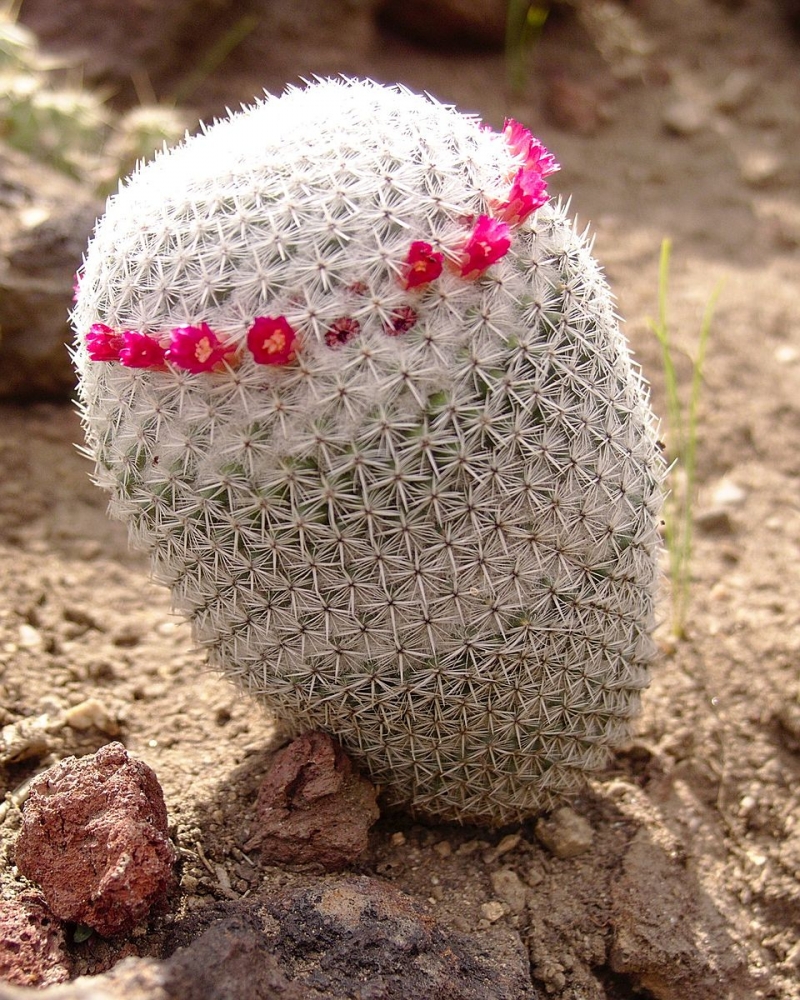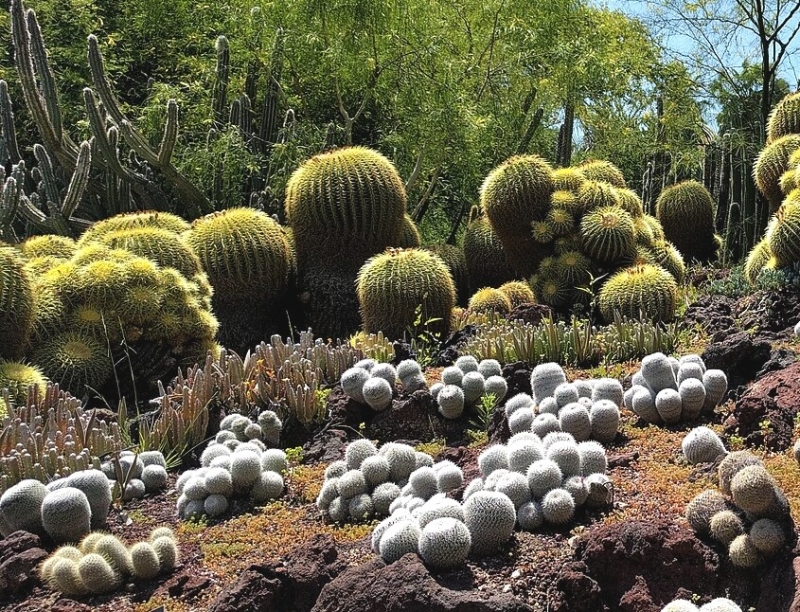


| height | 5–7in | |
| width | 2–5in | |
| tolerates | Drought, Deer , Heat, Pots, Rooftops, Neglect, Wind | |
| water needs |
Low | |
| water info |
Most cactus, like this one, are from deserts in the new world. As such they like to go totally bone dry between waterings, making them very low-maintenance. If you see your cactus begin to shrivel or lose firmness, your cactus is likely totally dry and should be watered. To get good healthy growth your plant does not want to sit around totally dried out during its growing season. Once it is dry, water it. This cactus comes from an area with summer rainfall and is actively growing during that time, when it is forgiving of overwatering errors. During winter dormancy it should be kept extra dry and won’t tolerate overwatering. Remember that if kept in a small pot your plant will want more frequent watering. |
|
| hardy to |
23F | |
| exposure | Full Sun | |
| indoor outdoor |
Outdoor | |
| drainage | In Ground: Cactus Mix, In Pots: Cactus Mix, Tolerates Sandy Soil | |
| fertilizing | All Purpose 1/2 Strength | |
| origin | SW Mexico | |
| california native |
No | |
| sunset zones |
13, 15–17, 19–24, H2 |
Full Sun
Six or more hours of sun beams directly landing on the plant's leaves.
Part Shade
Three to five hours of sun beams directly landing on the plant's leaves.
Part Sun
One to two hours of sun beams directly landing on the plants leaves.
Full Shade
The plant is never fully lit by sun beams,
but is in a bright spot or has dappled sunbeams playing over the leaves throughout the day.
Deep Shade
The plant never has dappled light on the leaves, and is in a place that feels dim, even on a nice sunny day.
